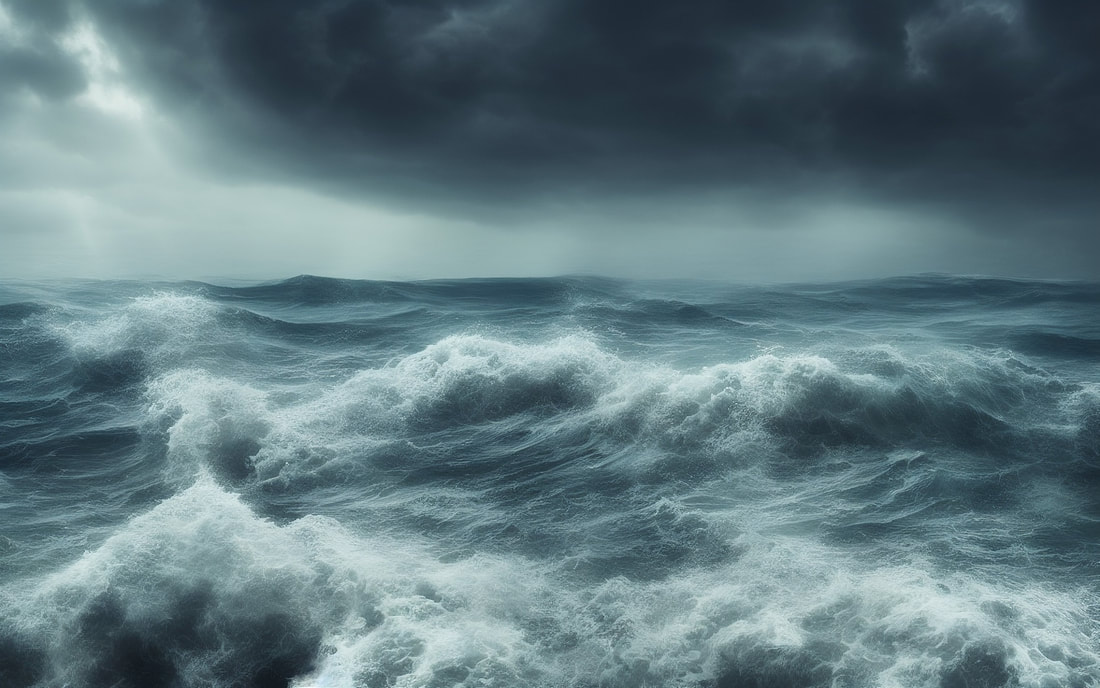|
A rogue is defined as a wave whose height is more than twice that of the surrounding waves. Until recent decade, they were thought to be myth, but oceanographers and scientists, as well as shipbuilders, are only now beginning to understand their threat.
Rogue waves have many other names, including freak waves, monster waves, extreme waves, and abnormal waves, among others. Such waves, pose a threat to even the largest vessels.
These towering waves, sometimes higher than 30 meters (98 feet), often appear without warning, taking the crew of a ship by surprise and resulting in damage and on occasions, sadly injury or even death. Not only is the sheer size and power of rogue waves frightening, but these waves usually come from a different direction than the surrounding waves. Such a large wave striking a vessel perpendicular can be devastating!
Scientists are still trying to understand what causes rogue waves. They seem not to have a single distinct cause. Factors such as high winds, strong currents and even quantum mechanics are believed to play are part. Rogue wave phenomena have been observed in liquids other than water, such as liquid helium. One of the most famous rouge waves is the ‘New Years Day Wave’ which struck an oil rig in the North Sea on 01 January 1995. The wave recorded to be 26 metres tall. It was one of the first recorded incidences of such a beast. Later in 1995, the ocean liner Queen Elizabeth 2 encounter a rogue wave in Hurricane Louis which was estimated to have a height of 29 metres. The ship’s Captain said the wave "came out of the darkness" and "looked like the White Cliffs of Dover”. Thankfully rogue waves remain rare, so their threat to shipping, both commercial and leisure, remains low. However, they are a very real phenomena and must be taken seriously.
0 Comments
Leave a Reply. |
Categories
All
|








